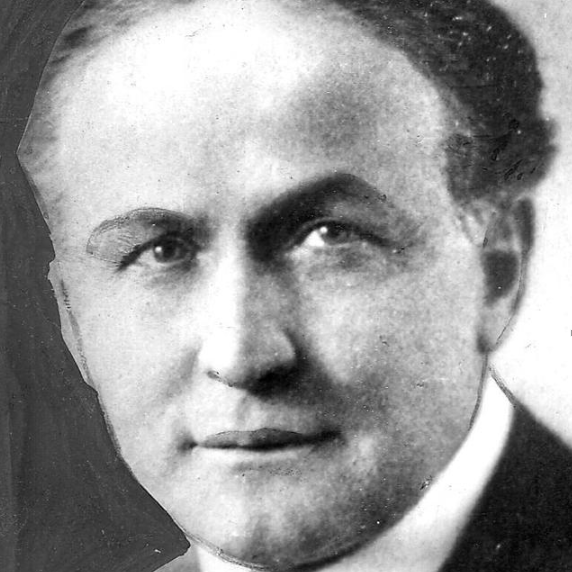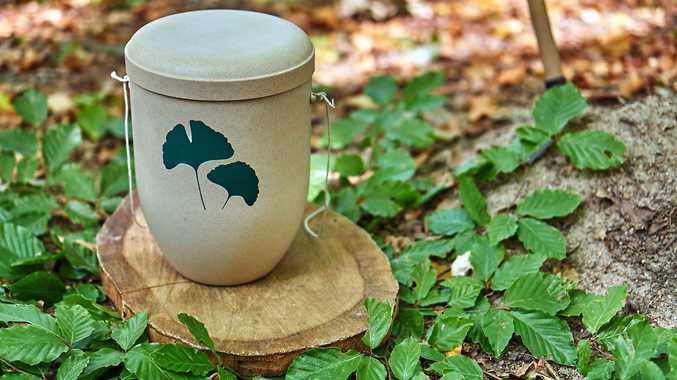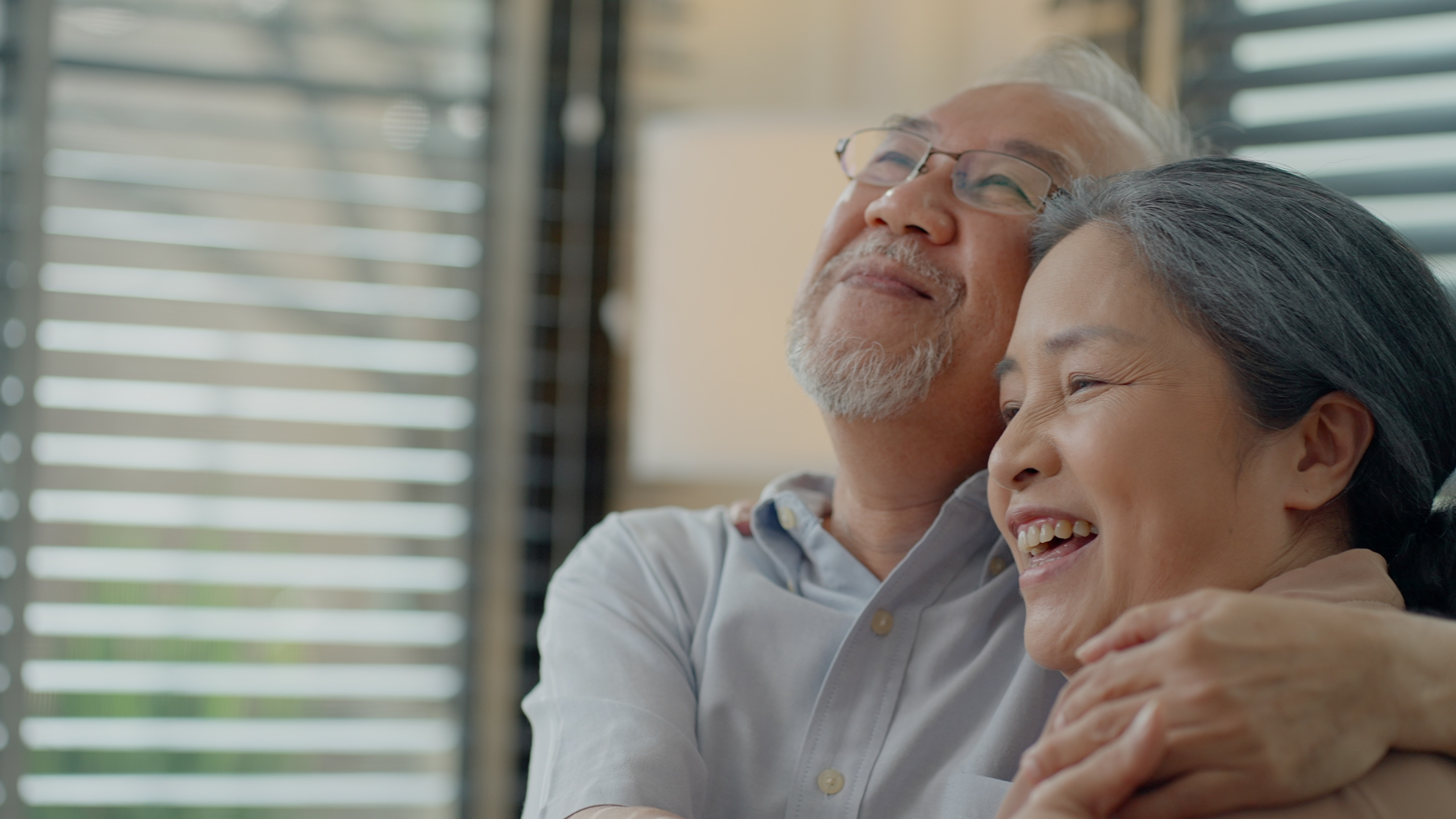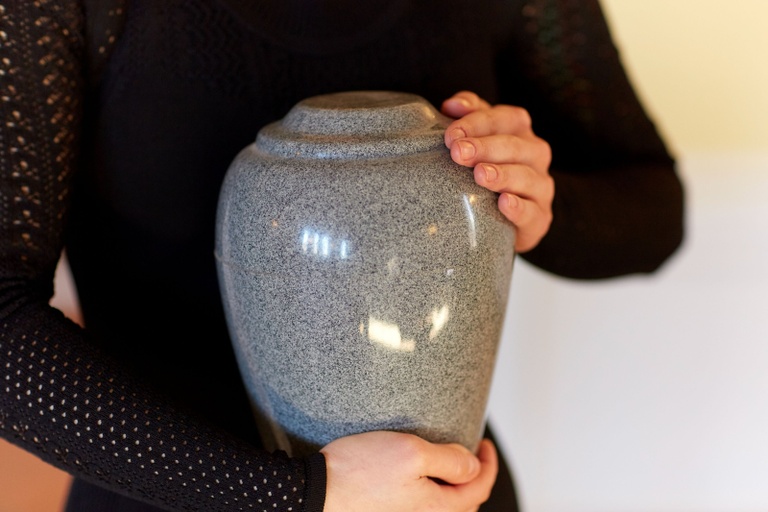Harry Houdini
Discover the life of Harry Houdini, legendary escape artist and magician, including his groundbreaking...

 Search...
Search...

With the growing cost of funerals and increasing number of people choosing not to have a traditional funeral, cremations have become a popular way to remember your loved ones.
To stay within budget and maintain the choice of how you want your loved ones to celebrate your end of life, a direct cremation might be a suitable option.

A direct cremation doesn't include a funeral service or attendance. The family collects the ashes after the cremation and then arranges a memorial service at a more appropriate time that suits them, this can be over days, weeks or months.
The deceased are transported from the place of their death to a mortuary where they receive appropriate care. The process of cremation is to remove items off the body, including a pacemaker and jewellery and returned to the family. During this time, a doctor will attend to verify the deceased and sight the appropriate paperwork.

Most people have the choice to choose an urn in advance of the cremation. Otherwise, the ashes can be transferred from the original cremation urn into another urn upon return.
The cost of a direct cremation in Australia can vary depending on where someone lives and compared to traditional funerals there's no additional costs.

A direct cremation includes the following:
Direct cremations are an affordable alternative to funerals, giving people a choice of how they want to be remembered. Direct cremations allow people to decide when, where and how they want to say goodbye to the deceased.
Direct cremations offer the flexibility at the time. After ashes are collected, people are not required to bury their loved one or leave them in a final resting place within a certain timeframe.
If a final resting place requires driving for a long period of time or catching a flight, a direct cremation allows people the time to plan and arrange a memorial service that honours and respects their loved ones wishes. Alternatively, if a person isn't ready to say goodbye to their loved one they have the freedom to choose when the time is right.

Different factors will affect a person's decision on the kind of funeral to arrange for a loved one or request for themselves.
A standard cremation might be more appropriate if a person prefers to celebrate their loved one with a traditional funeral service, including a family viewing at the crematorium. A traditional cremation can also include a coffin, hearse, funeral service, and extras such as songs, flowers and readings. Cremations happen after a traditional funeral service finishes and guests proceed to the awake for refreshments.
People might consider a standard cremation if they want to choose an outfit for the deceased to wear, including any photos and letters in the coffin on the day of cremation. However, jewellery and watches will be removed prior to all cremations.

If a person decides they want a direct cremation for themselves, it's best to let family know their wishes and to also include in the Will. It's also important to specify what happens to the ashes after cremation.
For most people, choosing not to have a traditional funeral service might upset family and friends. It's always important to let them know that while there's no ceremony, there's just as much respect and care in the process as a traditional funeral service.
Related articles:
What to do with your loved one's belongings after they die